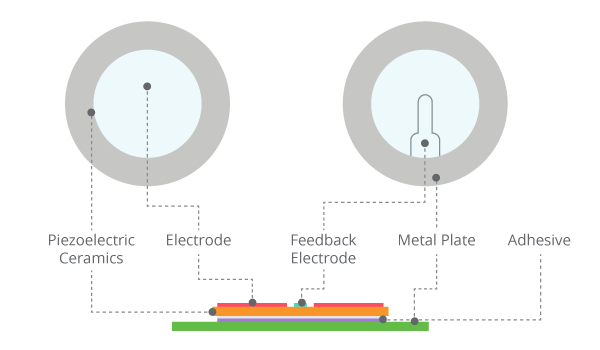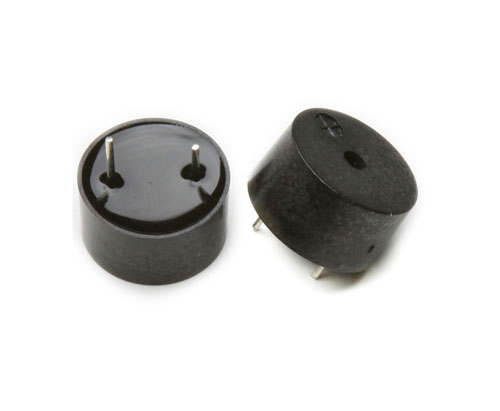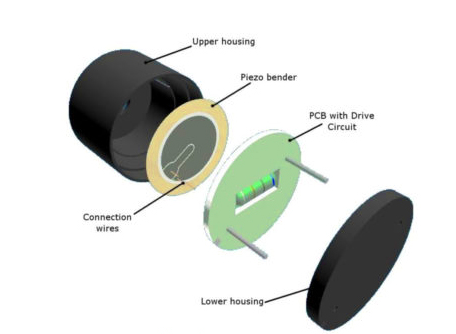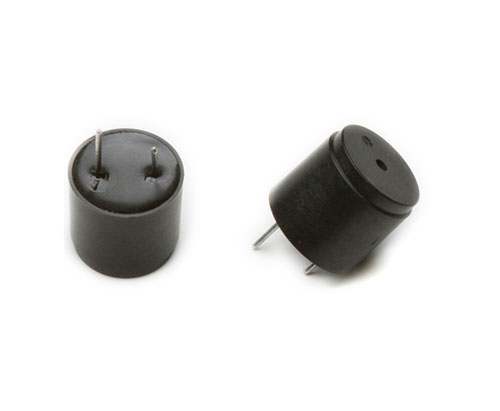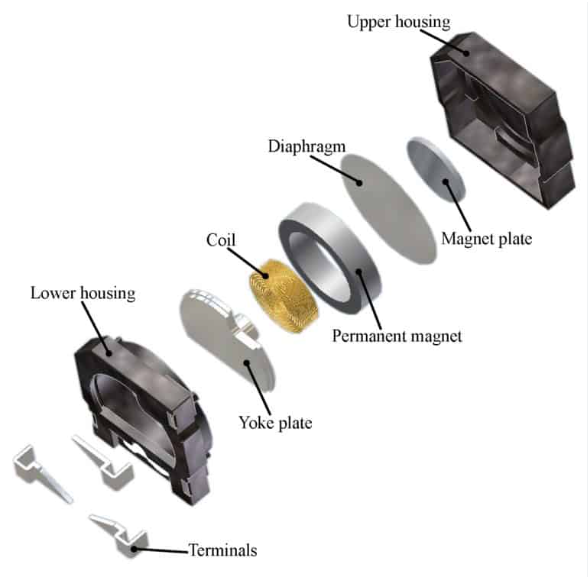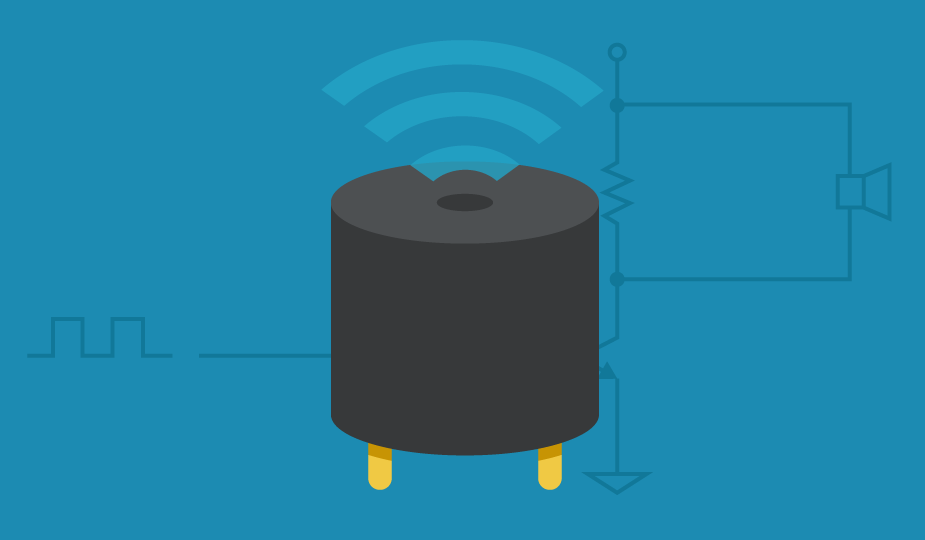In general, piezo buzzers have a more linear relationship between input frequency and output audio power, whereas magnetic buzzers have a less linear relationship. As a result, piezo buzzers typically have a wider frequency range than magnetic buzzers.
Choosing the Right Buzzer Type for the Job
When comparing piezo buzzers vs. magnetic buzzers for a specific application, all specifications must be considered. The electrical and physical parameters of each buzzer type must be considered first. The following is a summary of the specifications for each buzzer type:
Piezo buzzers have a wider frequency range and higher SPL values, as well as a high resonant frequency. Piezo buzzers require lower current and higher operating voltages.
Magnetic buzzers have smaller frequency ranges and SPL values, as well as lower resonant frequencies, than piezo buzzers. They also operate at lower operating voltages but with high current demands.
Audible sound transducers are another option for highly customized applications
Audible Sound Transducers: Transducers are made up of a casing, a piezo element
, and an electrical contact. Engineers have more design flexibility in driving circuits, which means they can modify or optimize the frequency in their application.
These aspects must be considered when deciding between piezo
and magnetic buzzers. Because each application is distinct, making a decision based on your specific application is critical. If you are interested in using piezo buzzers in your application, please contact FBelec to discuss your requirements.
FBelec provides a variety of piezo buzzer options to meet your requirements. Our piezo buzzers
are available in a variety of sizes and configurations to suit a wide range of applications, from self-oscillating buzzers to multi-tone sound generators.
To learn more about our piezo buzzer products, please contact FBelec
today.



